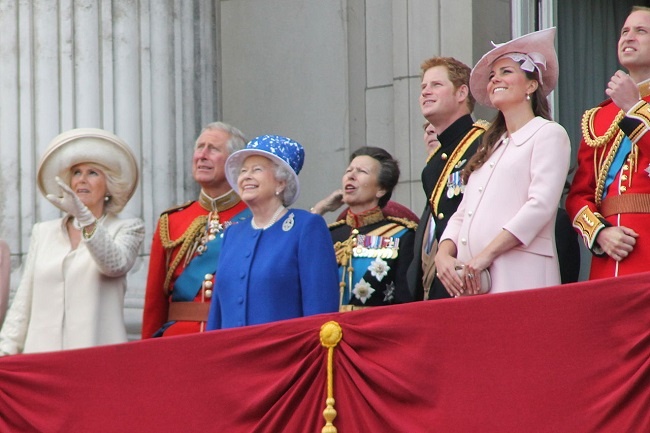
Recent reports reveal that The Queen plans to abdicate in 2021 at the age of 95, leaving her son, Prince Charles, to finally take the reins (and reign) of Britain in her stead.
As one of the longest standing family “businesses” in existence, here are five things that The Royal Family can teach us about the succession planning process.
1. Know when it’s time to leave
While abdication in the British Royal Family is unusual, Queen Elizabeth II is mindful of her age and wants to ensure a smooth transition when the time comes.
Before her, Edward VIII’s abdication came at a time when public confidence in the King was low, as a result of his decision to propose to divorced American socialite, Wallis Simpson.
In both cases, timing was, and is, of the essence. In family businesses, there are instances where the older generations cling on for too long. As Vistage speaker and succession planning expert Peter Jenner mentioned in our recent interview, there could be many reasons for this reluctance: lack of confidence in their successor, the difficulty letting go when they’ve invested so much in the business, ego. But this tight grip can be damaging in the long term.
Fewer than a third of family businesses make it to the second generation, and a further 50% fail to progress from the second to the third generation - often because of a reluctance to let go. Such tenacity can potentially be damaging to the long term health of a business, which needs new ideas and insight to keep it fresh.
2. Define the lineage early
The Royal Family’s line of succession is pre-defined: as things currently stand, Prince Charles is next in line, followed by The Duke of Cambridge, then his son Prince George, and his daughter Princess Charlotte. This leaves no doubt as to who is next to inherit the crown, meaning that preparation can begin early.
In family businesses where the owner has multiple children, a failure to define lineage early on can at best mean a lack of time to prepare, and at worst, family conflict that can jeopardise the future success of the business. The order of succession in a family business should be defined by the business owner and based on the most suitable family member for the role - not simply left to chance.
3. Move yourself out of the business
Prince Philip stepped down from the public eye earlier this year, and The Queen is gradually following suit. From the start of 2017 to the end of July, The Queen spent 49 days carrying out official engagements - compared with the Prince of Wales, with a total of 87 days.
The key is to remember that a business is defined by its work, not by its leader. The business owner must be able to pass their skills, tasks and responsibilities to the next generation in order for the business to survive.
4. Set a long term plan
When planning for the future, don’t leave it too late. A handover period of four years for the Royal Family gives The Queen the opportunity to pass on her wisdom and knowledge to Prince Charles, as well as giving the public time to adjust to the new changes.
It is also important to remember that handing over the reigns may sometimes be born of necessity, rather than choice: death or illness may force a change of leadership. Planning two to four years ahead ensures that the next generation will be fully equipped to take the reins, even if it may be earlier than expected.
5. Rebrand if necessary
The Windsor name is relatively new - a result of a rebrand of the Royal Family in 1917. From 1901 to 1917, British monarchs belonged to the House of Saxe-Coburg-Gotha, the name changed as a result of wartime anti-German sentiment.
In a Canadian Association of Family Enterprise talk in 2012, branding expert Jeremy Miller explained, “Family businesses that thrive for 25, 50 or 100 years demonstrate a key competency: the ability to continually reinvent themselves, because in this economy, and this market, you can’t afford to stand still.”
A change in ownership can be a good time to rebrand: moving away from any negative associations, or simply repositioning the business to make it more relevant for current times. This is often the natural result of bringing in a younger generation to the business.
Transferring the crown to a successor may seem very different to handing over the reins of a small family business to a relative, but the principles are the same. And with such a long and illustrious history, successful transitions and even rebrands, who better to show us how it’s done than the Windsors?
Photo credit
By Carfax2 (Own work) [CC BY-SA 3.0 (http://creativecommons.org/licenses/by-sa/3.0)], via Wikimedia Commons
